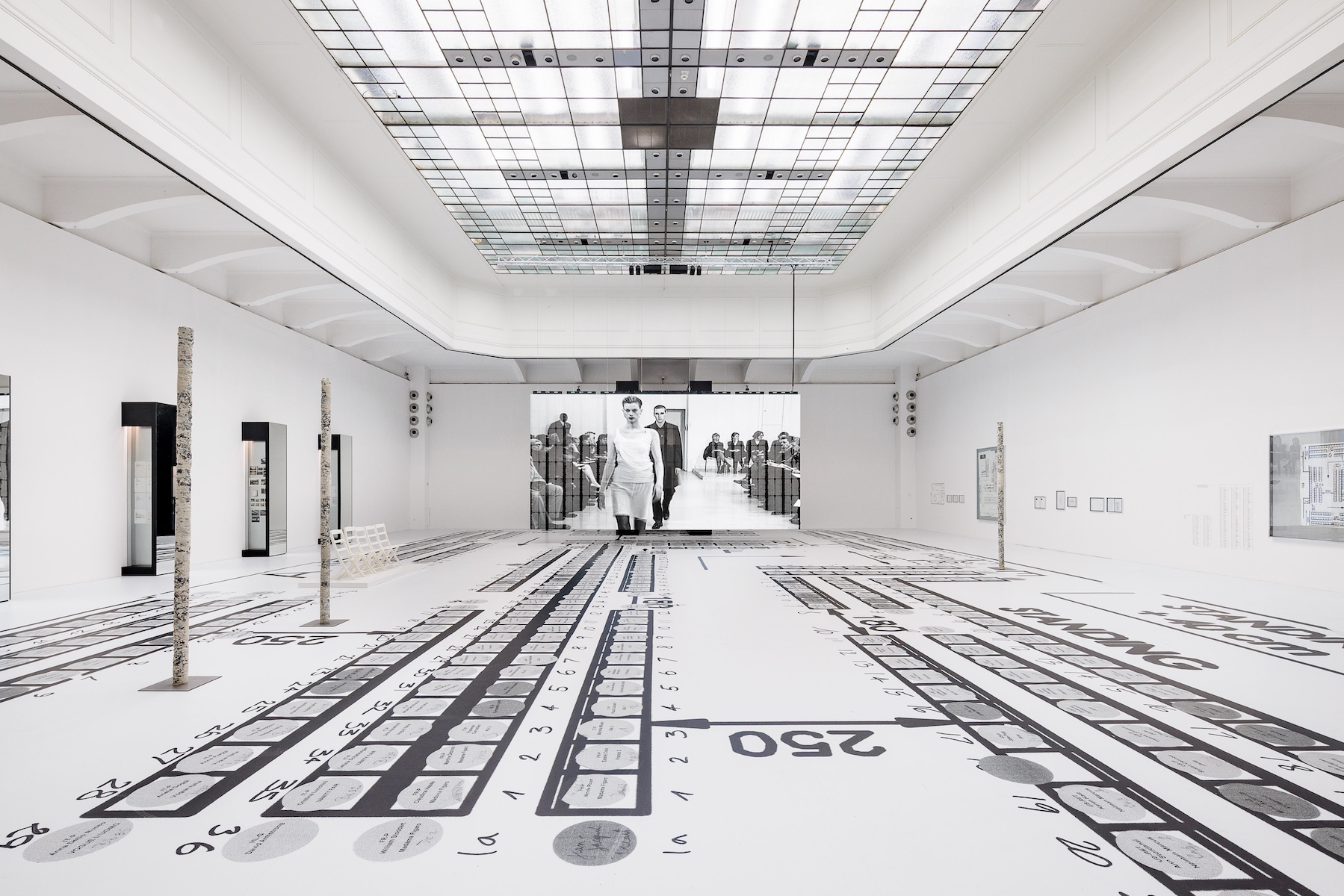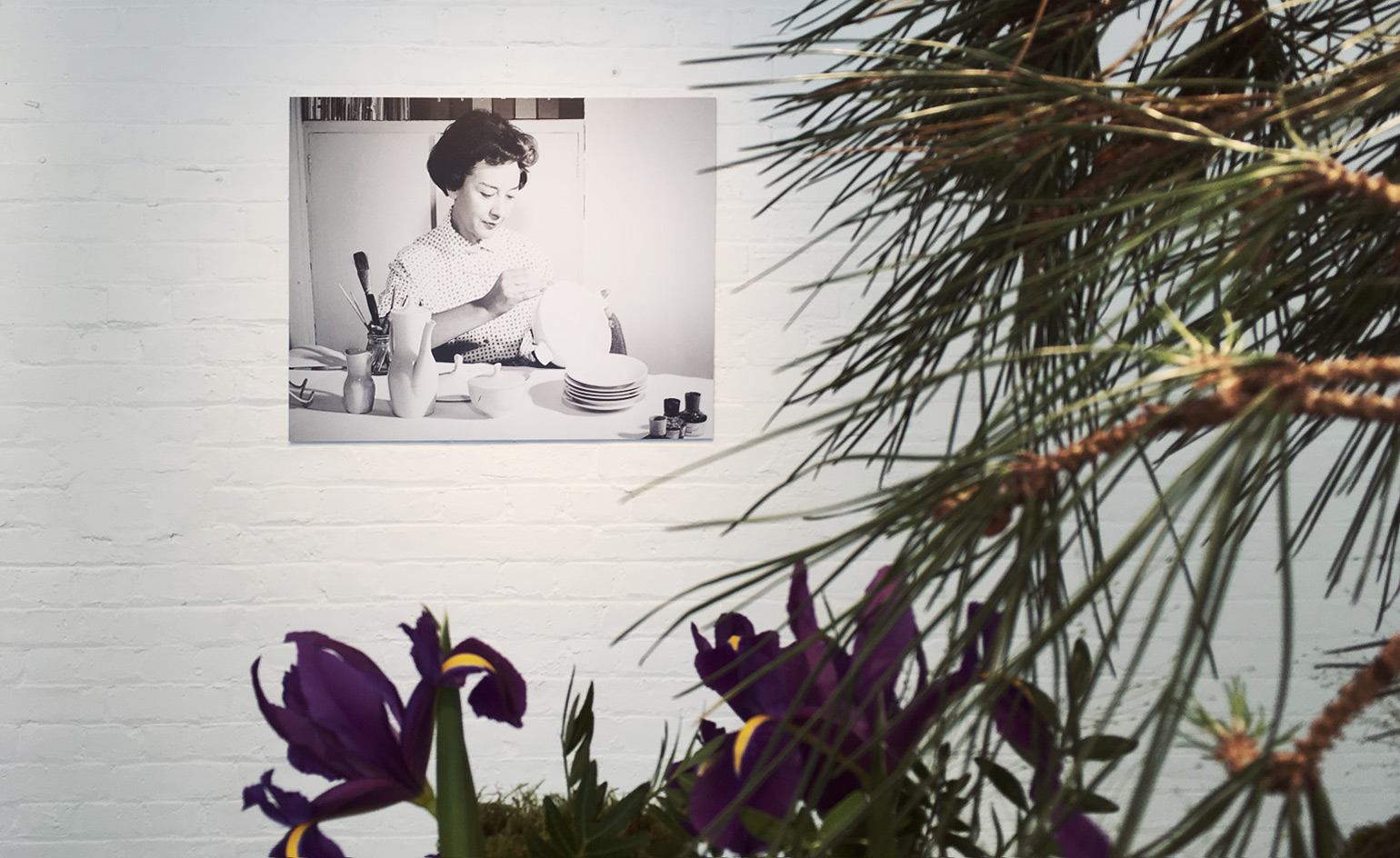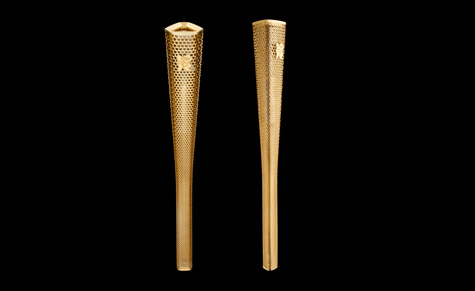2012 Olympic torch by Barber Osgerby

With its triangular form and 8,000 holes referencing the number of people who will carry it, Barber Osgerby's prototype for the 2012 Olympic torch has already been dubbed 'the cheesegrater' after its unveiling at St Pancras Station today, but the designers aren't phased. 'We were searching for a nickname ourselves but maybe this works best,' they told us. 'Perhaps we should approach Alessi to turn it into kitchenware once the Olympics are over...'
Like its namesake, it's an agile, lightweight and functional piece of kit, coming in at 800m and 800g. Crafted from an aluminium alloy developed for the aerospace and automotive industry that is extremely strong and heat resistant, its diaphanous form allows people to see right to the heart of the torch and view the burner system that keeps the Olympic flame alive as it takes its 8,000 mile journey across the country before lighting the cauldron during the opening ceremony on 27th July 2012.
We caught up with Edward Barber and Jay Osgerby to find out what inspired their design and what hurdles they had to jump to bring it to fruition.
Scoring this commission is something of a gold medal in itself. What did it mean to you?
The Olympic torch is the ultimate design object for industrial designers. Along with the medals, it's one of the two things that last once the games are over. These are the things that go in the museums.
What was the brief and how did you reconcile the weight of expectation with what you wanted to achieve?
It was a pretty hefty document! But the client was very progressive and encouraged us to innovate. Very occasionally you work on a project that completely finds its own way and this was definitely one of them.
We agreed that we wanted the design to represent the torch relay in some way, hence the holes. And when we were researching the games we kept coming across trinities, like the three words of the Olympic motto - faster, higher and stronger - and the fact that this will be the third time the games have been held in London. So this provided a cue for its three-sided form, which is actually very beneficial for grip, as are the holes. Narrative and practical issues kept coming together in the design.
Has the production process taken you into any uncharted territory?
To cut the holes we are using a brand new laser-cutting technology called Fire on the Fly - the fastest in the world. This technology wouldn't have been possible had the games been a few years ago but it's essential for ensuring the torches are finished in time, as there are 80 million holes to be cut.
What were the biggest challenges?
We were keen that the torch should be more than just a trophy and also be about performance. Yet, we weren't aware of exactly what the Olympic relay might entail. The torches need to be able to withstand everything from icy conditions on the top of Ben Nevis, to severe gales and torrential downpours, so the design took a lot of refining.
Have you been racing across the country testing it out?
Yes. And we've been putting it through its paces at BMW's wind tunnel. Thankfully it passed.
Receive our daily digest of inspiration, escapism and design stories from around the world direct to your inbox.
Malaika Byng is an editor, writer and consultant covering everything from architecture, design and ecology to art and craft. She was online editor for Wallpaper* magazine for three years and more recently editor of Crafts magazine, until she decided to go freelance in 2022. Based in London, she now writes for the Financial Times, Metropolis, Kinfolk and The Plant, among others.
-
 At $31.4 million, this Lalanne hippo just smashed another world auction record at Sotheby’s
At $31.4 million, this Lalanne hippo just smashed another world auction record at Sotheby’sThe jaw-dropping price marked the highest-ever for a work by François-Xavier Lalanne – and for a work of design generally
-
 NYC’s first alcohol-free members’ club is full of spirit
NYC’s first alcohol-free members’ club is full of spiritThe Maze NYC is a design-led social hub in Flatiron, redefining how the city gathers with an alcohol-free, community-driven ethos
-
 Inside Helmut Lang’s fashion archive in Vienna, which still defines how we dress today
Inside Helmut Lang’s fashion archive in Vienna, which still defines how we dress todayNew exhibition ‘Séance de Travail 1986-2005’ at MAK in Vienna puts Helmut Lang’s extraordinary fashion archive on view for the first time, capturing the Austrian designer-turned-artist’s enduring legacy
-
 Barber & Osgerby and Emeco go green with a recycled, and infinitely recyclable, plastic chair
Barber & Osgerby and Emeco go green with a recycled, and infinitely recyclable, plastic chairLaunching at Salone del Mobile 2019, the sustainable ‘On and On’ chair is lightweight and stackable
-
 Established & Sons bounces back from the brink at this year’s Salone del Mobile
Established & Sons bounces back from the brink at this year’s Salone del MobileEstablished & Sons burnt brightly before almost burning out. Now new management and a creative old hand are out to prove the brand can deliver...
-
 Creative luminaries fête Lucienne Day’s centenary with floral tributes
Creative luminaries fête Lucienne Day’s centenary with floral tributes -
 Metallic moments: Michael Young presents the evolution of aluminium
Metallic moments: Michael Young presents the evolution of aluminium -
 Winners announced for the London Design Medals 2015
Winners announced for the London Design Medals 2015Meet the London Design Medals 2015 champions
-
 On tour: Louis Vuitton debuts new additions to 'Objets Nomades' collection at Salone
On tour: Louis Vuitton debuts new additions to 'Objets Nomades' collection at Salone -
 Barber Osgerby curate ’In The Making’ at London’s Design Museum
Barber Osgerby curate ’In The Making’ at London’s Design Museum -
 Olympic Torch wins Design of the Year award
Olympic Torch wins Design of the Year award